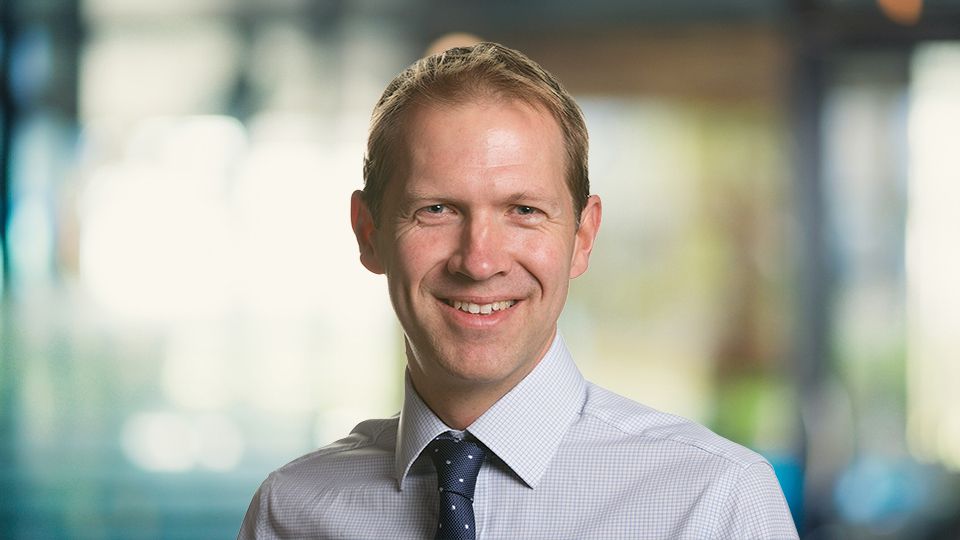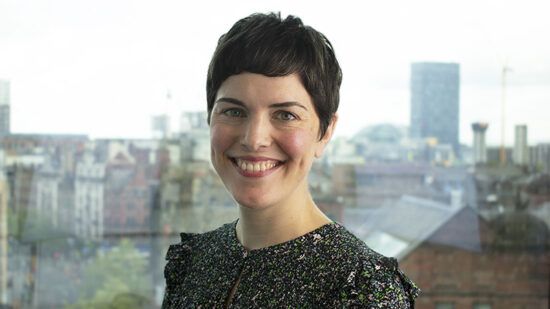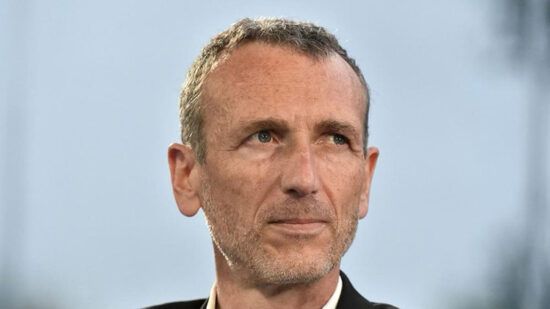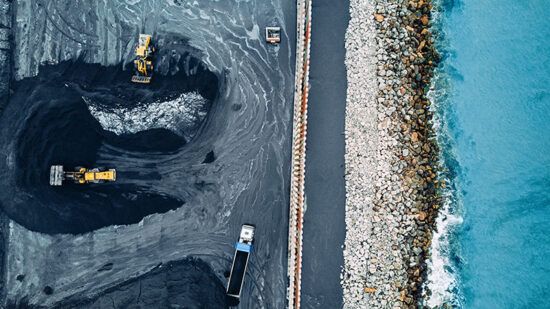ESG Clarity talked to Angus Whiteley, chief executive of the investment advisory firm, Stafford Capital Partners, about the firm’s investment strategy and how the team are decarbonising portfolios.
Whiteley talked about the opportunities and challenges for sustainable investment businesses, alongside two asset classes he believes are increasing in popularity.
What are the opportunities for sustainable investment businesses?
Currently, a mindset shift is occurring. From the energy that we use, to the food we eat and the clothes we wear, more people are aware of how lifestyle impacts the environment.
From an investment point of view, specifically from private markets, this change is going to be large scale over the next 20 to 40 years. There will be businesses of the future that we’ve not even heard of today that will be a response to this huge change. It is a very interesting time to be deploying capital into the market on behalf of investors with a sustainable investment mindset.
Our client base is made up of almost exclusively pension funds and insurance companies, which have a long-term outlook. However, that does not mean a long-term outlook is necessary to be able to invest sustainably.
For example, there is no ‘J’ curve with our timber investments, which means there is no initial loss immediately after we start investing. Therefore, from the moment we are investing, return is generated.
What are the challenges for sustainable investment businesses?
Many investors don’t understand the emissions profile that it has as a business across Scope 1, 2 and 3, and how to engage with companies to decarbonise their portfolios.
There are major costs to not investing sustainably. If companies are going to continue to emit there should be a cost levied on that. We should get to the point where we start to address that companies must pay for activities that produce ‘x’ amount of emissions.
Governments must collaborate and communicate to develop the right systems and structures for understanding how to get onto the net-zero pathway.
What asset class will be the most popular sustainable investment?
When I talk to investment consultants in the marketplace, they talk about this topic from a private markets perspective. Currently, there is too little information at the moment to understand what the net-zero pathway can look like.
However, I am seeing a wave of interest in renewable energy and natural capital as investments.
Over the past three years, we have been providing education to investment consultants and institutions that don’t understand what natural capital and timberland represents.
Natural capital, where there is an ability to sequester carbon through the investments themselves, is gradually emerging. We’re starting to see real allocations being made and we want to understand what this represents in investment. So, we’ve been educating many investors and discovered that people understand the Taskforce for Climate-related Financial Disclosures and what this means for their net-zero pathway.
As timberland has become a real asset, small numbers of people came into the timber sector and started investing which is attracting more attention to the asset class. Investors have identified it as a niche market that has returns that are inflation protected, meaning it is uncorrelated with market. This class is a good way of providing diversification in someone’s portfolio.
What are the benefits of being a secondary investor when it comes to ESG investments?
Although you have less influence when being a secondary investor, it gives you the opportunity to bring an influence at a manager level. This can feed through into multiple investments in multiple companies.








